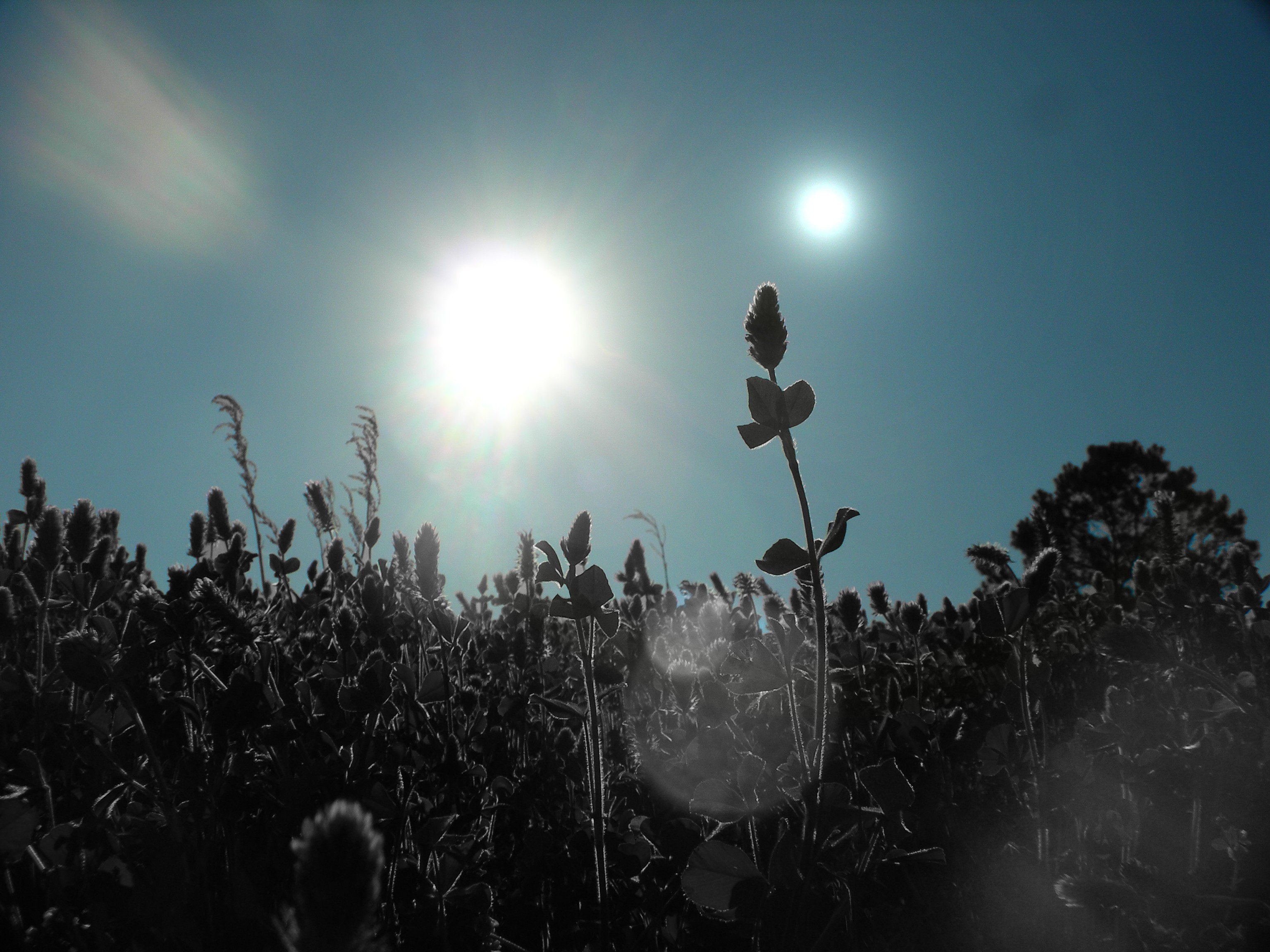Science News
Exoplanet Plants
April 25, 2011

What might life on another planet look like? Science fiction gives us many forms of alien life and now science fact is weighing in.
Presenting at an astronomical meeting last week, Scottish scientists painted the picture of potential plant life on an exoplanet, especially one that has multiple stars.
Jack O'Malley-James of the University of St Andrews is working on a PhD to assess the potential for photosynthetic life in multi-star systems with different combinations of Sun-like stars and red dwarfs. Sun-like stars are known to host exoplanets and red dwarfs are the most common type of star in our Galaxy, often found in multi-star systems, and old and stable enough for life to have evolved. Over 25% of Sun-like stars and 50% of red dwarfs are found in multi-star systems. In the team's simulations, the Earth-like planets either orbit two stars close together or orbit one of two widely separated stars.
“If a planet were found in a system with two or more stars, there would potentially be multiple sources of energy available to drive photosynthesis. The temperature of a star determines its color and, hence, the color of light used for photosynthesis. Depending on the colors of their star-light, plants would evolve very differently,” reports O'Malley-James.
On Earth, according to National Geographic,
Our sun's color, temperature, and distance from Earth have coaxed photosynthetic plants to absorb most wavelengths of light except for infrared and green, which these plants instead strongly reflect.
But plants would take on a different hue elsewhere. Again, from Nat Geo:
…photosynthetic plants on worlds orbiting lone red dwarfs could take on hues of red, blue, yellow, purple, or even grayish-black to best absorb the starlight.
O'Malley-James breaks it down further:
Our simulations suggest that planets in multi-star systems may host exotic forms of the more familiar plants we see on Earth. Plants with dim red dwarf suns for example, may appear black to our eyes, absorbing across the entire visible wavelength range in order to use as much of the available light as possible.
And what about planets and plants with two suns like our own? They would need protection, says O'Malley-James. “Harmful radiation from intense stellar flares could lead to plants that develop their own UV-blocking sun-screens.”